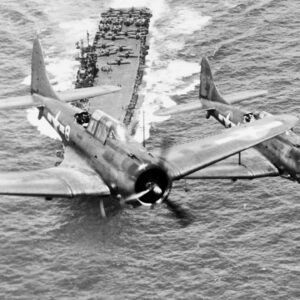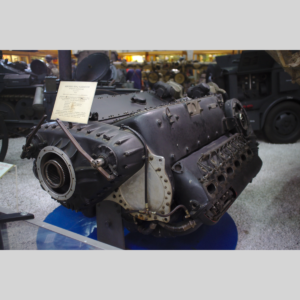
In 1936, Siegfried and Walter Günter began design work on the Heinkel He 119, an experimental, unarmed, high-speed light bomber and reconnaissance aircraft. The…
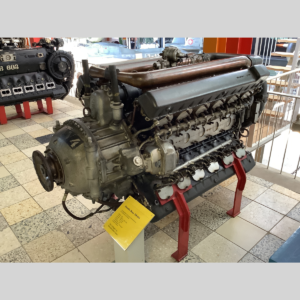
In July 1939, the RLM (Reichsluftfahrtministerium, or Germany Air Ministry) issued specifications for a new medium bomber capable of high-speeds. Originally known as Kampfflugzeug…
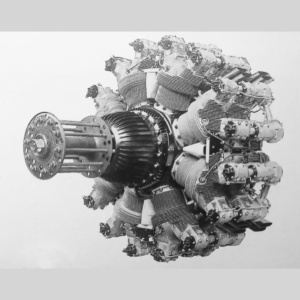
In 1930, the Bristol Aeroplane Company began to contemplate the future of aircraft engines. Their engine department was run by Roy Fedden, a…
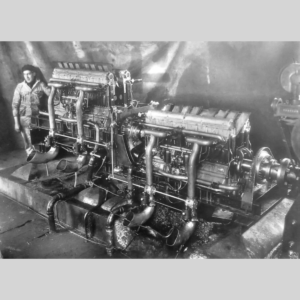
During World War I, Ettore Bugatti designed and built a U-16 aircraft engine. The engine consisted of two inline eight-cylinder sections mounted side-by-side…
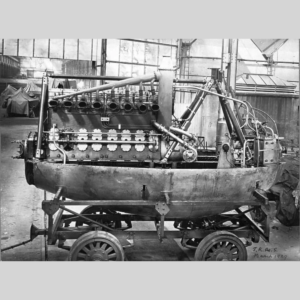
In the early 1920s, William Beardmore & Company Ltd. began to design a series of high-power, low speed, direct-drive aircraft engines. From this line…
In occupied France during World War II, the state-run manufacturer Arsenal de l’Aéronautique (Arsenal) was tasked with building the German Junkers Jumo 213 engine.…
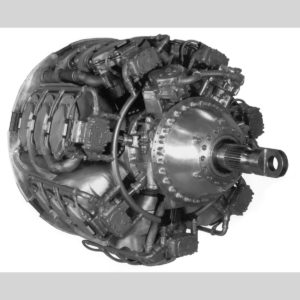
The British firm Armstrong Siddeley Motors (ASM) was formed in 1919 when Armstrong Whitworth (founded in 1847) purchased Siddeley-Deasy (founded in 1912). Prior…
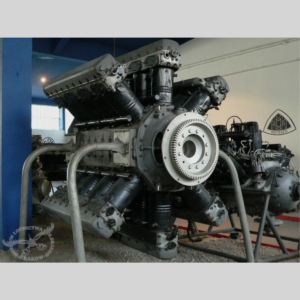
Following World War I, the Treaty of Versailles severely limited aircraft production in Germany; military aircraft could not be built or developed. Germany…
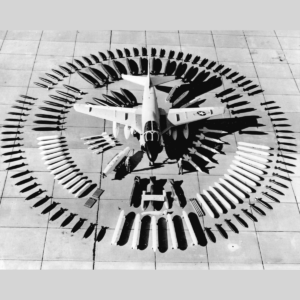
By The Grumman A-6 Intruder first flew in April of 1960. It was declared operational three years later. This ugly subsonic strike aircraft…
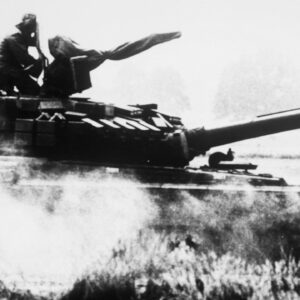
By In today’s article, Peter Suciu takes look at the T-80 main battle tank. The last main battle tank to enter service in…
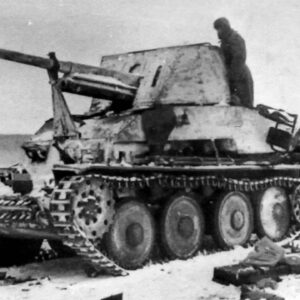
By In today’s article, Tom Laemlein examines the German tank destroyer called the Marder III. An improvised anti-tank weapon, the Marder III series…
